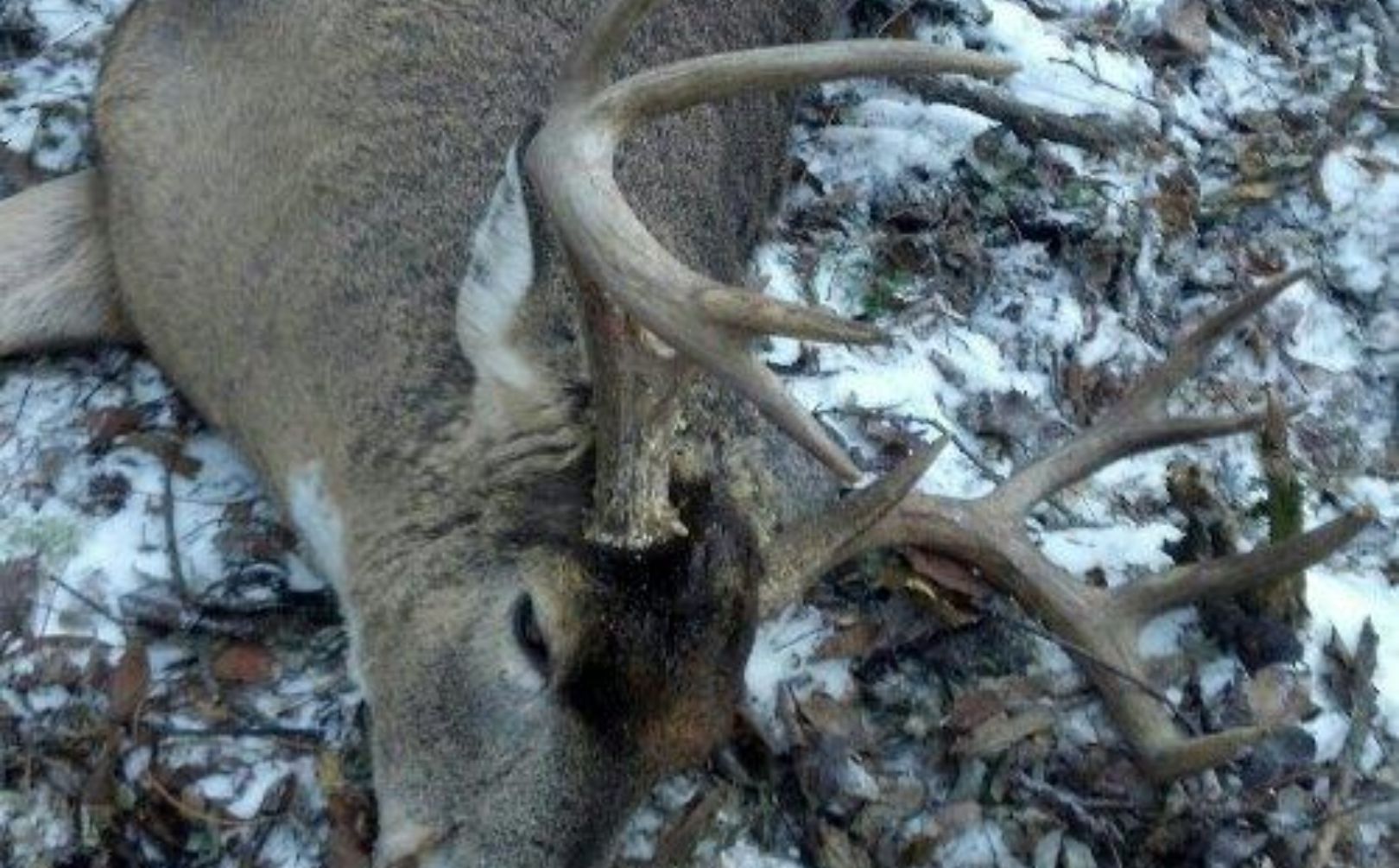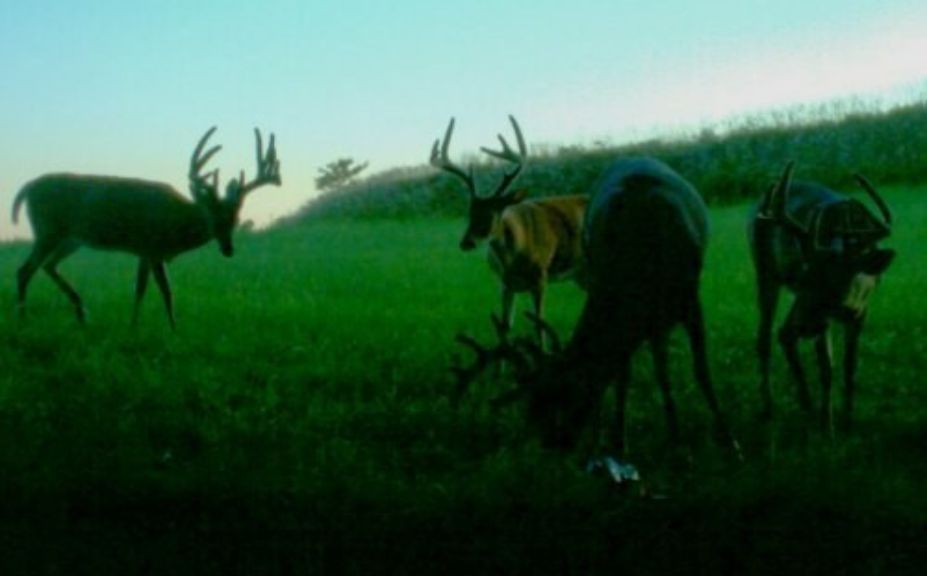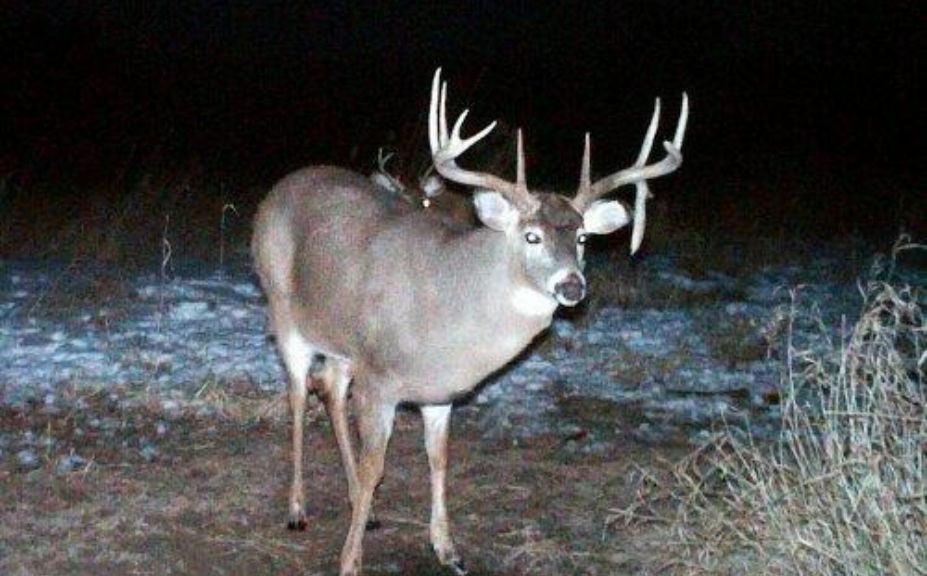
Dead bucks don’t lie. When a mature buck dies…does it give you a touch of sadness? I will have to admit that after chasing individual bucks and then finally walking up to them to take a closer look after falling to an arrow or bullet, I can’t help but feel a sense of sadness. “It’s over”. Yes, there is a huge sense of accomplishment often following years of planning but does it have to be “over”?
When a mature buck falls, the lessons and experiences learned are critical to your development as a hunter or land manager. Each experience builds on the next and after a couple of decades those experiences and common trends come together to cement a pattern of mature buck harvest and hunting techniques that is unwavering. And if you listen to both your success and failure than you will probably notice some solid trends from your collection of mature buck encounters.
I’ve collected some interesting experiences from the oldest bucks I’ve personally known that have been at least 4 years old, from several states and from both private and public land:
*Only 1 was shot on a food source *Over 80% were shot the first time using the stand for the year *Over 80% were shot before lunch *Out of the oldest and largest, 6 were shot with a bow between October 22nd and November 8th, and then only 2 were shot with a gun.
Those experiences have been strengthened year after year for over 2 decades. To say I’m a stubborn hunter now as it relates to my approach would be an understatement. How this information translates to my hunting season approach centers largely on my stand locations and not just WHERE they are located, but more importantly WHEN they should be used. I’m going to break down for you the timing of my approach for early season morning and evening stands, October lull stands, and pre-rut/rut stands.

*How do you build a quality deer herd to even be able to hunt in the first place? Make sure to read “Building A Quality Deer Herd”for advanced tips for making sure you are prioritizing your hunting and habitat activities.
Early Season Morning Stands
This is where I have to admit that I have the most difficulty during this time period. While trying to harvest a 4 year old or better buck, I find that those big-bodied early season giants are unfortunately already back in their preferred bedding areas well before light. In light cover ag areas it is possible to access near a buck’s hidey hole and arrow him when the sun comes up, but that often can prove disastrous as it is very easy to push that buck out of his spot well before light and ruin the opportunity in that location for often several more weeks.
My approach is to hunt long lines of movements between bedding and feeding areas hoping that a cold-weather front will keep a mature buck feeding a little later in the morning. Again, you can’t get too close to the bedding area for risk of pushing out a mature buck that has been there since the middle of the night. At the same time, an early season morning sit on or near a food source is just as risky at this time of year, as it is during all of the rest of the year. Unfortunately it just doesn’t happen much during this time of the year and there is a huge risk of spoiling a much better chance for later in the afternoon.
But…what a great time to shoot a doe! Imagine, it’s early bow season, a mature doe and her family group is coming towards you about 9 am, she’s pointed toward the truck, breakfast is calling, and you are over 100 yards from any bedding area or food source. What at great time for a non-invasive doe harvest with a bow. It’s also a great time to have back-straps in the motel parking lot! Regardless of your management objectives though this is a tough time of the year to harvest a mature buck and my hat is off to those that consistently experience success during the morning hours.
Early Season Evening Stands
That great thing about quality early season eavning stands, is that any of these stands become great rut evening stands as well, especially during the mid-rut when mature buck patterns often mirror that of the various doe groups around your property. Early season stand locations key on water, food or sometimes both. It is critical that your are extremely careful to give yourself the ability to enter the stand without spooking daytime bedding areas, and then exit the stand without spoiling the night-time feeding patterns. The best stands for this time period feature small attractions of food or water on the way to all-night hangouts. As a hunter I love to get a view of early season deer while they make a quick stop before foraging or moving on towards the main event of the evening. That also allows you to get out of your stand when shooting hours are over because deer shouldn’t be lingering around in front of you. When you add a cold front to a calm evening the early season can be very productive. And don’t forget about those waterholes! I’ve had outstanding camera footage of both bucks and does hitting small water sources at a very high rate after leaving their beds to feed for the night. But whether you are hunting small food sources or waterholes, early season mature buck patterns quickly change as the season shifts towards the middle of October.
The October Blues
The mature bucks are back into their daytime bedding areas early, trail cameras are only picking them up at night…if at all, and you just can’t seem to find an older buck anywhere. This can be a pretty slow period and at least you can let your stands and property rest for a bit! However if there is a major cold front passing through, don’t miss out! A cold front will often push a buck that is arriving to his preferred food source just after dark, to just before. This is an outstanding time to take to an evening stand that relates to movements to major food source, as long as you are hunting the “calm and cold” side of a major cold front.
The morning hours are again extremely tough during this time of the year. The morning hours will offer similar opportunities for doe harvest within the same stands that were used during the early season, however, some of these stands will prove useful during the pre-rut so there is a very high risk of potentially placing too much hunting pressure, an otherwise very useful stand location that you may want to use within a week or two. When the temperature starts to drop during the last 10 days of October the real portion of hunting season is about to begin!

*Mature bucks aren’t generally nocturnal, but instead are forced into nightime travels due to hunting pressure. For some nocturnal-busting tips that can save your season, make sure to check out “The Myth Of Nocturnal Bucks”.
Pre-Rut/Rut
This is where those odds tip heavily in our favor as hunters. In terms of killing a mature buck, the first 5 days of November are traditionally outstanding, but I also love to hunt cold fronts during the last 10 days of October! A morning stand during this time of the year is “golden”. Most often these morning stands are not hunted until the perfect day with a cold front during late October/Early November. Your approach has to be away from food, your downwind scent “secure” while on stand, and in my experience if you tuck up next to a bedding area your rate of success is extremely high.
Find an unspoiled stand site adjacent to an unspoiled bedding area, access early and away from the food source, sit back, and enjoy! I love this time of year, I plan for this time of year, and expect success. In the case that you don’t happen to have a morning opportunity the evening hours can work too. However, bucks will move around during the morning shooting hours about twice as long as during the afternoon/evening shooting hours and this could have a lot to do with a couple of factors. First, mature bucks have been moving around all night and well into the morning so they end up resting a good portion of the day, and 2nd…afternoon temperatures can often be 20-30 degrees warmer than they were the majority of the morning.
I like afternoon stands that offer paralleling travel features to doe hotspots. Waterholes during this time of the year can be incredible stand locations if water is scarce within the area. Because bucks will typically wander a bit, it pays to be on a trail that will allow a buck to cruise by within heavy cover while he skirts the edge of known doe hotspots, instead of on a trail that goes straight into that same hotspot. If you can set up on an inside parallel bench or heavy travel corridor you just may catch a buck as he skirts the edge checking for doe scent that has been left going into the hotspot. I’ve also witnessed mature bucks that never even enter the doe hotspot, instead cruising parallel to that hotspot and moving on to the next.
As the rut continues and the bucks seem to be locked down with the bulk of the doe population, it’s not a bad idea to get back to those early season evening stands of either water or food because you have a good chance of scoring on a buck that is simply relating to the patterns of doe herd.
Conclusion
Dead bucks don’t lie. A mature dead buck offers an opportunity to understand why you were able to shoot him, where he came from, where was he going, and how can you apply this pattern to your future hunting experiences. There is a particular sadness when a mature buck you have been after for a year or more goes down, but rest assured the hunt is not over. There is so much to learn, so much to ponder, and if you are fortunate enough to accumulate those experiences, a familiar pattern will take shape. The pattern I have enjoyed involves stand usage. Often we focus so much on “where” we should hunt that “when” we should hunt becomes an afterthought. By spending the bulk of your time studying “when” a stand should be used instead of simply “where”, I have experienced that you will be well on you’re way to collecting a lifetime of mature buck hunting experiences.